Cultural discernment in Modern Medicine
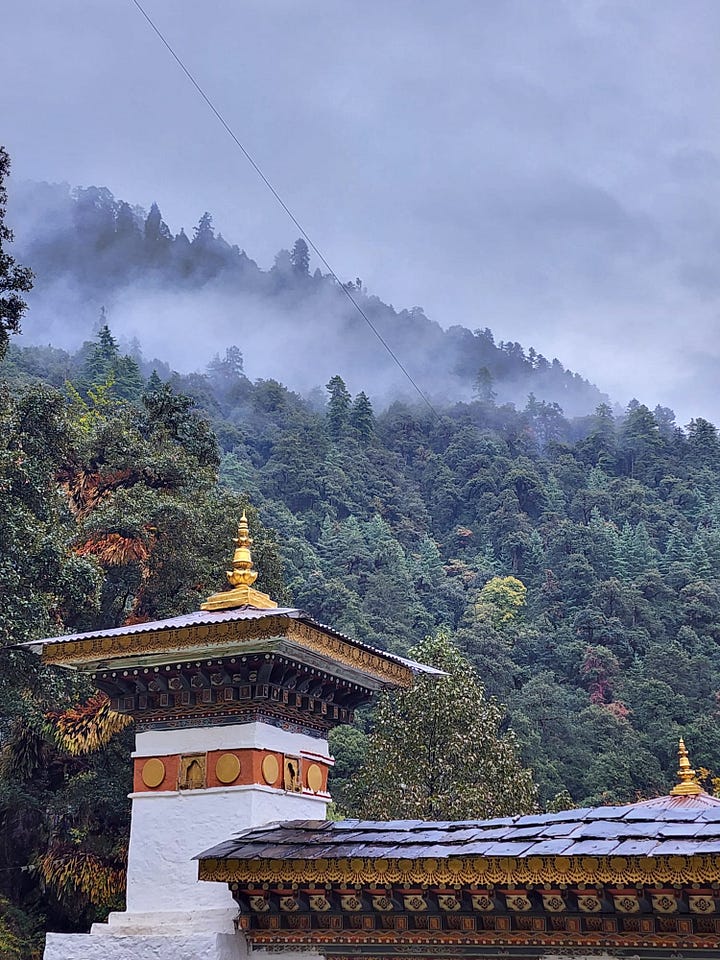
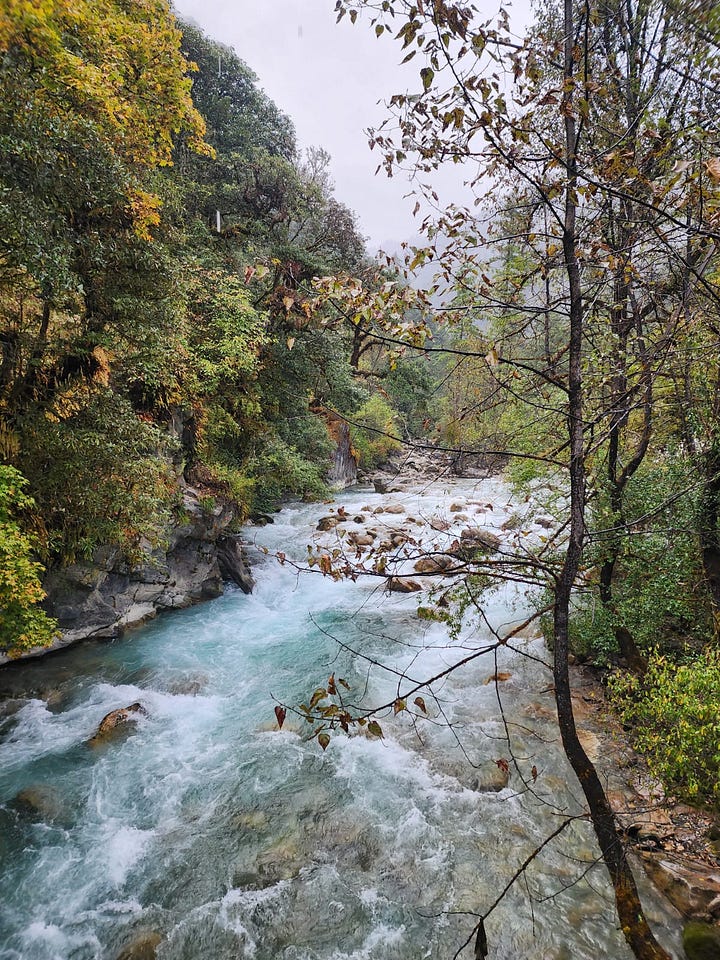
Formation of Bhutan's Palliative Care service
It is my privilege to have served as faculty member in the Lien Collaborative for Palliative Care Bhutan program the past 4 modules. During the first 2 modules in 2018 and 2019, the late Prof Cynthia Goh planted the first seeds that led to the beginning of Bhutan's first palliative care team. The team, led by Sister Yangden, navigated the challenges of the COVID-19 pandemic and has served the people in the Thimphu region, both in home and inpatient settings.
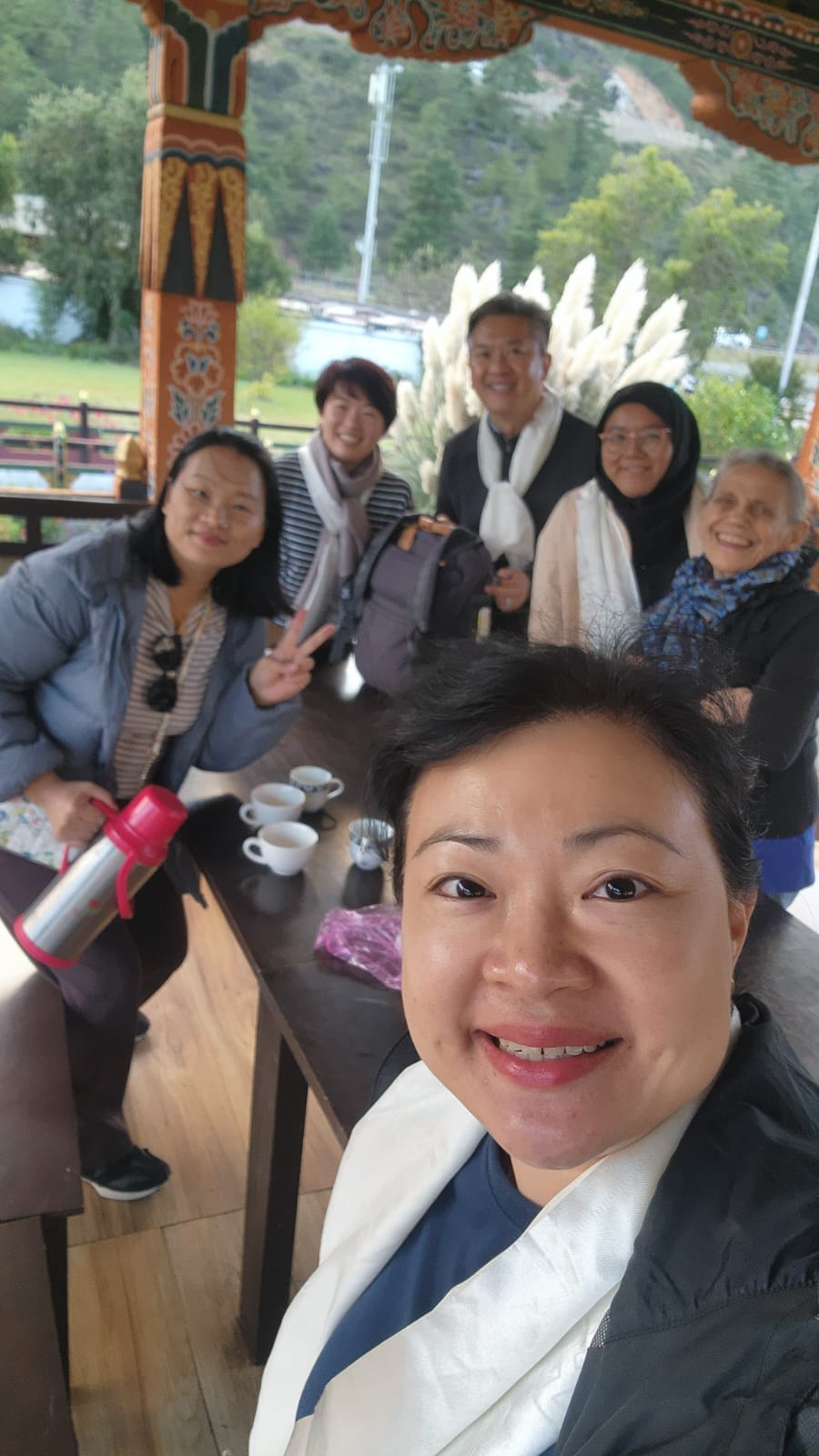
Our return to Bhutan was marked by traditional hospitality - Dr Kinley Bhuti (left) presented us with khata when we arrived, along with suja and zaw magay at a pavilion outside the airport. Also pictured (clockwise): Dr Shirlynn Ho (vice chair of Asia Pacific Hospice Palliative Care Network- APHN), Mr Giam (executive director of APHN) and Sr Nuraishah (APN from NCCS), me.
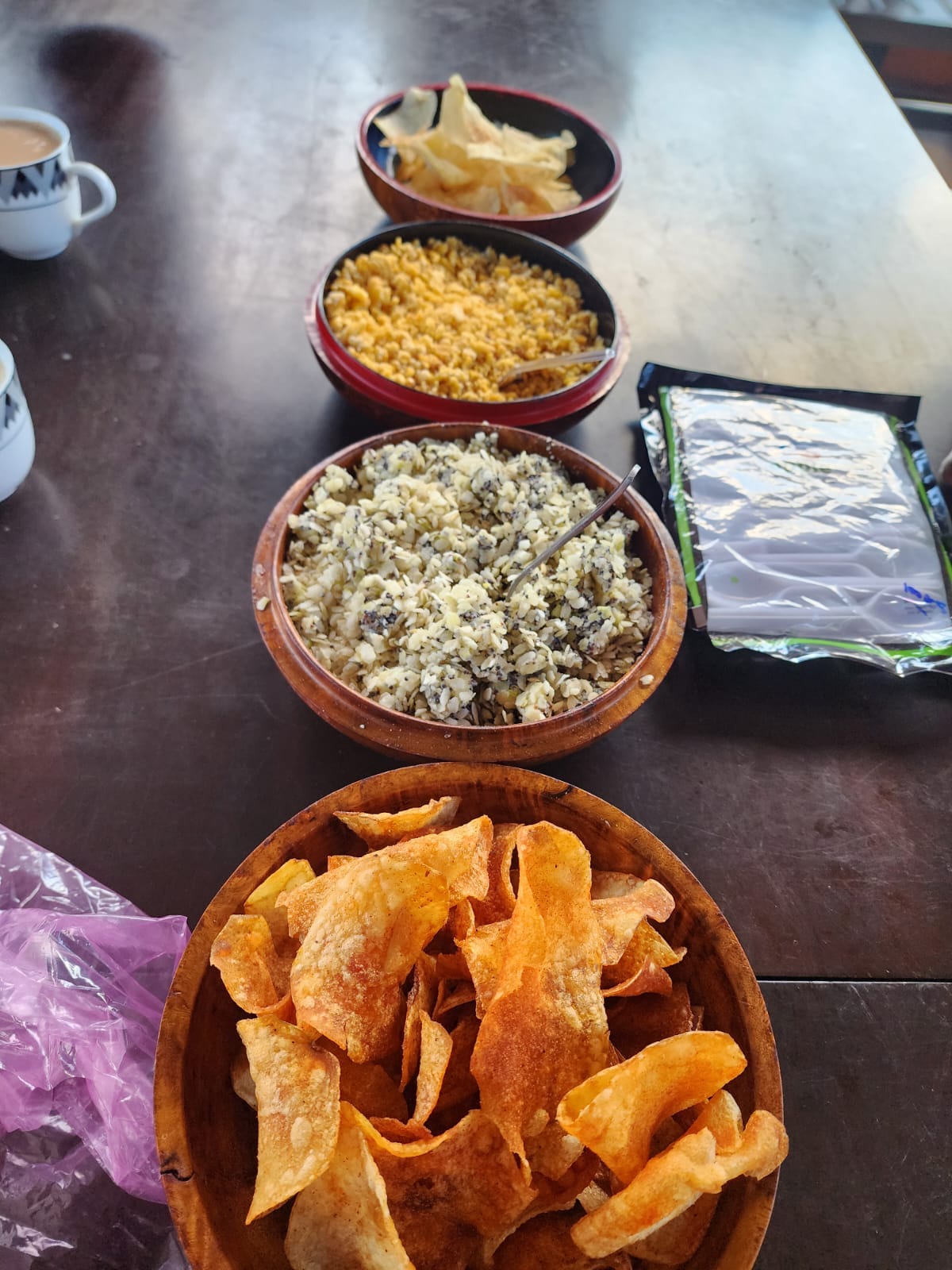
The simple sharing of traditional snacks and butter tea created an immediate bond between cultures.
In November 2021, Prof Cynthia Goh, inspite of illness, advocated passionately to ensure the training of Bhutan's first palliative care physician, Dr Kinley Bhuti. It was through Prof Goh's determination that the fellowship application was successful and Dr Kinley eventually completed her one-year fellowship training at the National Cancer Centre Singapore in November 2023.
The palliative care team has grown steadily and they now see an average of about 150 patients per year. Given the population of ~700,000 in Bhutan and its terrain, that is a sizeable number of referrals. Most of all, the support and recognition from fellow colleagues and higher authorities are a testament to their good work.

Lessons from the 4th module
During the 4th module lasting 5 days, we taught 31 participants who came from both Thimphu's national referral hospital and also district hospitals in the southern and eastern parts of the country. The faculty consisted of palliative care practitioners from Japan, India and Singapore. There was rich cultural exchanges and learning was bidirectional.
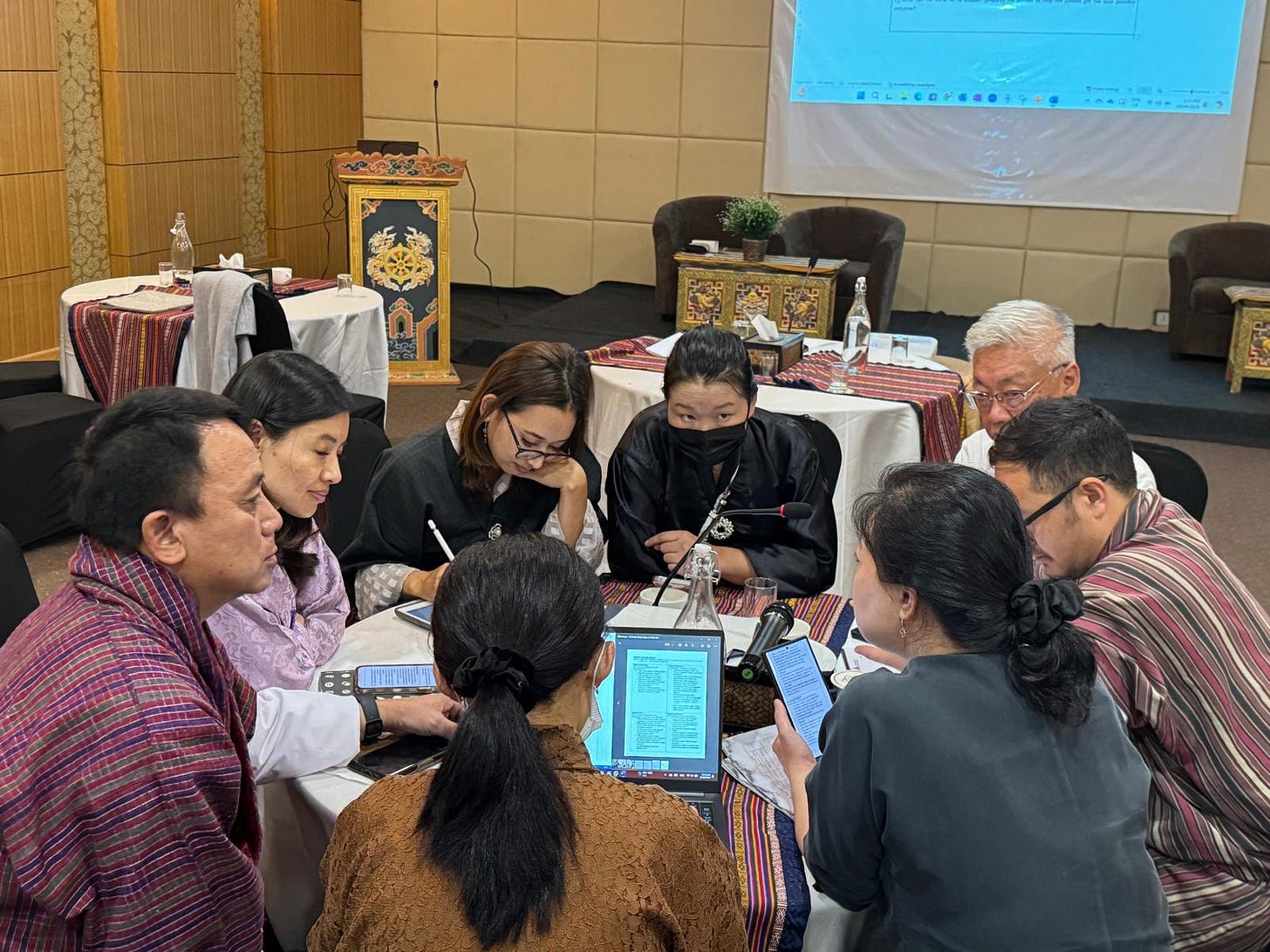
We learnt about the cultural practices when patients experienced symptoms. For example, an experienced doctor animatedly shared that some families first consult lamas for delirious patients (even if terminal) and the lama may perform a ritual called 'pow' where he casts the demon by beating the patient's back with might. At this graphic visualisation, I reflexively covered my eyes, to which the participants responded in laughter.
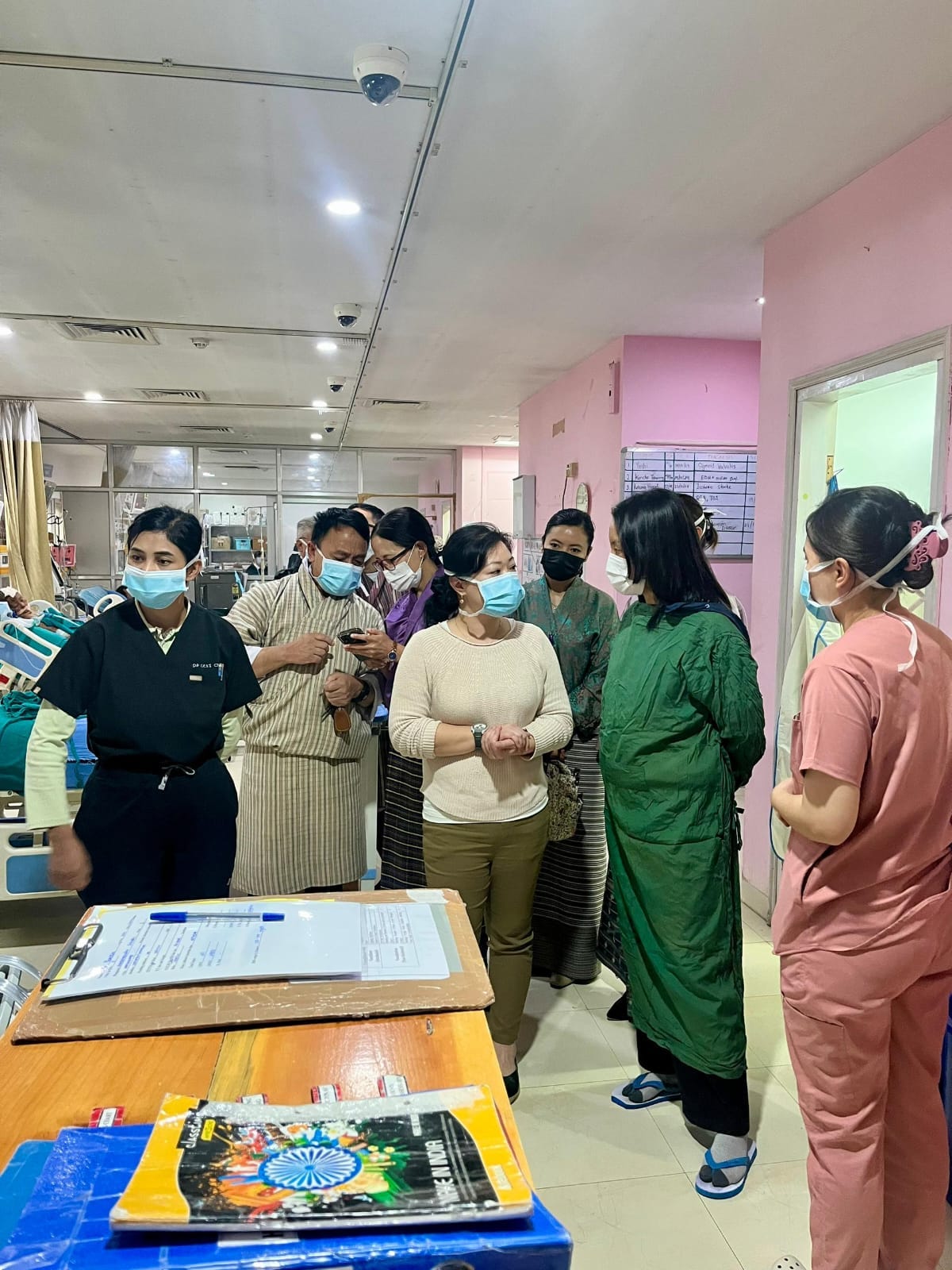
Yet, it opened my eyes to the importance of cultural sensitivity and competence. Coming from a different culture, we all have blindspots and need to be comfortable with different practices and beliefs. Not just to be comfortable, but to also withhold the reflex to change or 'fix' as if something is broken or wrong. There is so much richness that we lack enough understanding. It is only with continued engagement, learning and mutual respect, that we can begin to discern how culture, spirituality and modern medicine can co-exist.
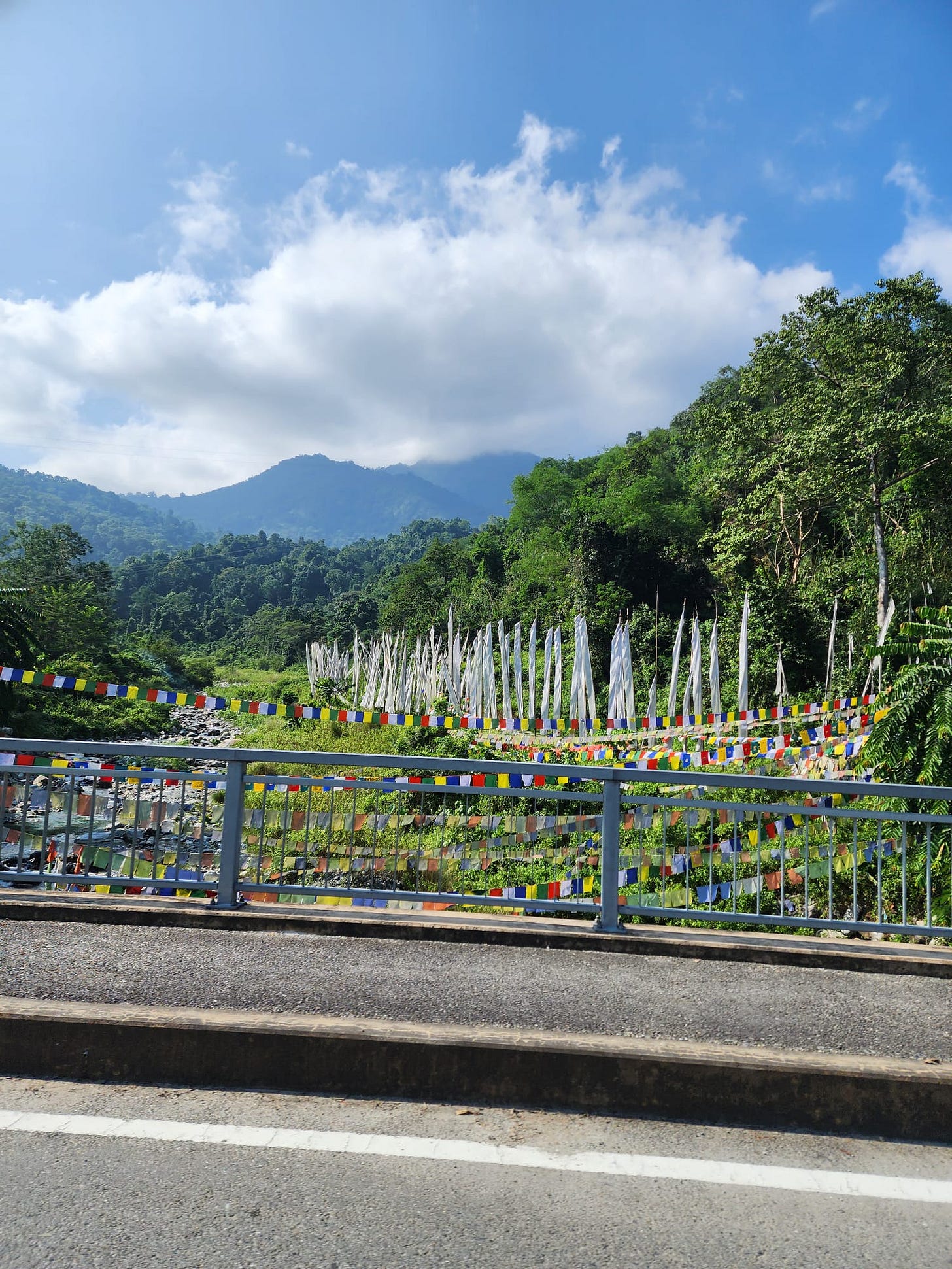
During a visit to the intensive care unit at the Jigme Dorji Wangchuck National Referral Hospital (JDWNRF), we spoke to the family of a patient with a neuroprogressive diagnosis. He was totally dependent for his daily activities and lost his ability to communicate verbally. He was still able to communicate through gestures and was mentally competent. However, even though he was highly educated, his family chose not to reveal his diagnosis to him and made life-sustaining treatment decisions on his behalf.
Collusion is almost the default route of communication and is due to many factors including health literacy, culture and values such as filial piety. In addition, withdrawing life-sustaining treatments such as mechanical ventilation and dialysis is not practiced. This could be due to medical training and exposure as most doctors train in India which had only recently changed its laws on the withdrawal of life-sustaining treatments. In Bhutan, the law is not clear on these practices yet and to their knowledge, the withdrawal of mechanical ventilation has never been done at JDWNRF.
While cultural tolerance is important, one may need to address the norms in a sensitive way. It is also important that ethical and legal statutes be made clear to healthcare practitioners so that moral distress can be addressed. Other important considerations are limited resources - during our trip, we learnt that there would only be one intensivist in JDWNRF as the other intensivist was leaving for a year.
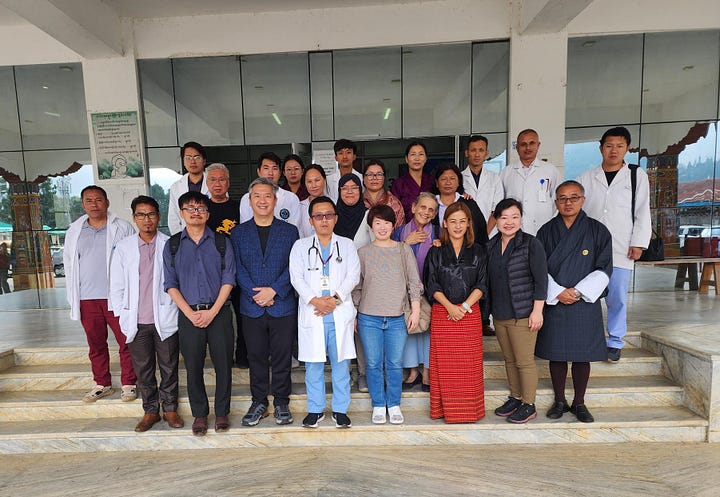
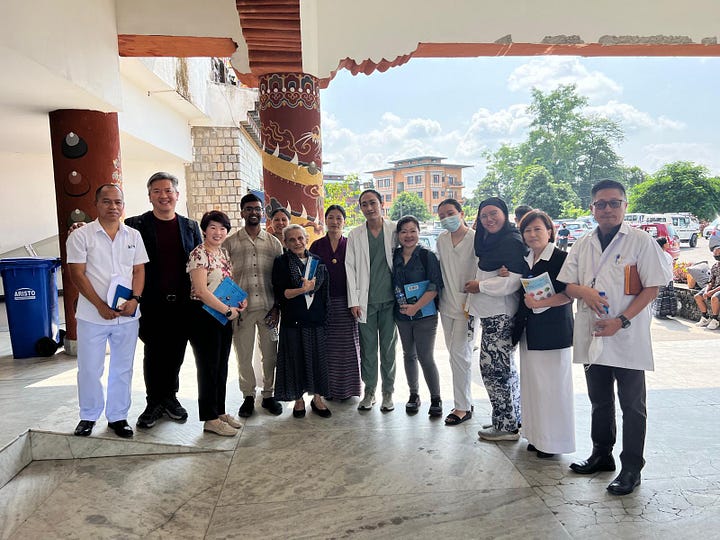
The faculty team's visits to regional hospitals revealed both challenges and opportunities in expanding palliative care across Bhutan.
The palliative home care team also shared a social challenge they faced. Due to spiritual beliefs and because most people living in Thimphu rent instead of own their accommodation, they were often not allowed to die 'at home'. However, in other districts, people often stayed in their own homes but sometimes were too remote to access medical help easily. We heard of stories where hospital staff visited dying patients voluntarily outside office hours to provide medical care and supplies.
The workshop brought together healthcare providers from across Bhutan, fostering a community dedicated to improving end-of-life care.
Support and outreach from higher authorities
The faculty had the privilege of meeting the President of the National Medical Services Dr Mimi Lhamu Mynak, Head of The PEMA Secretariat Dasho Dechen Wangmo, and even had an audience with Her Royal Highness Ashi Kesang Wangmo Wangchuck, the royal Aunt of the present King, His Majesty Jigme Khesar Namgyel Wangchuck. I was struck by how personal this work was for them and how much support they have been giving.
Some of the Singaporean and India faculty members followed Sister Yangden to the hospitals at Gelephu and Tsirang to meet the hospital leaders. It took us 12 hours (including several stops in between) to travel from Thimphu to Gelephu, and another 3-4 hours to Tsirang.
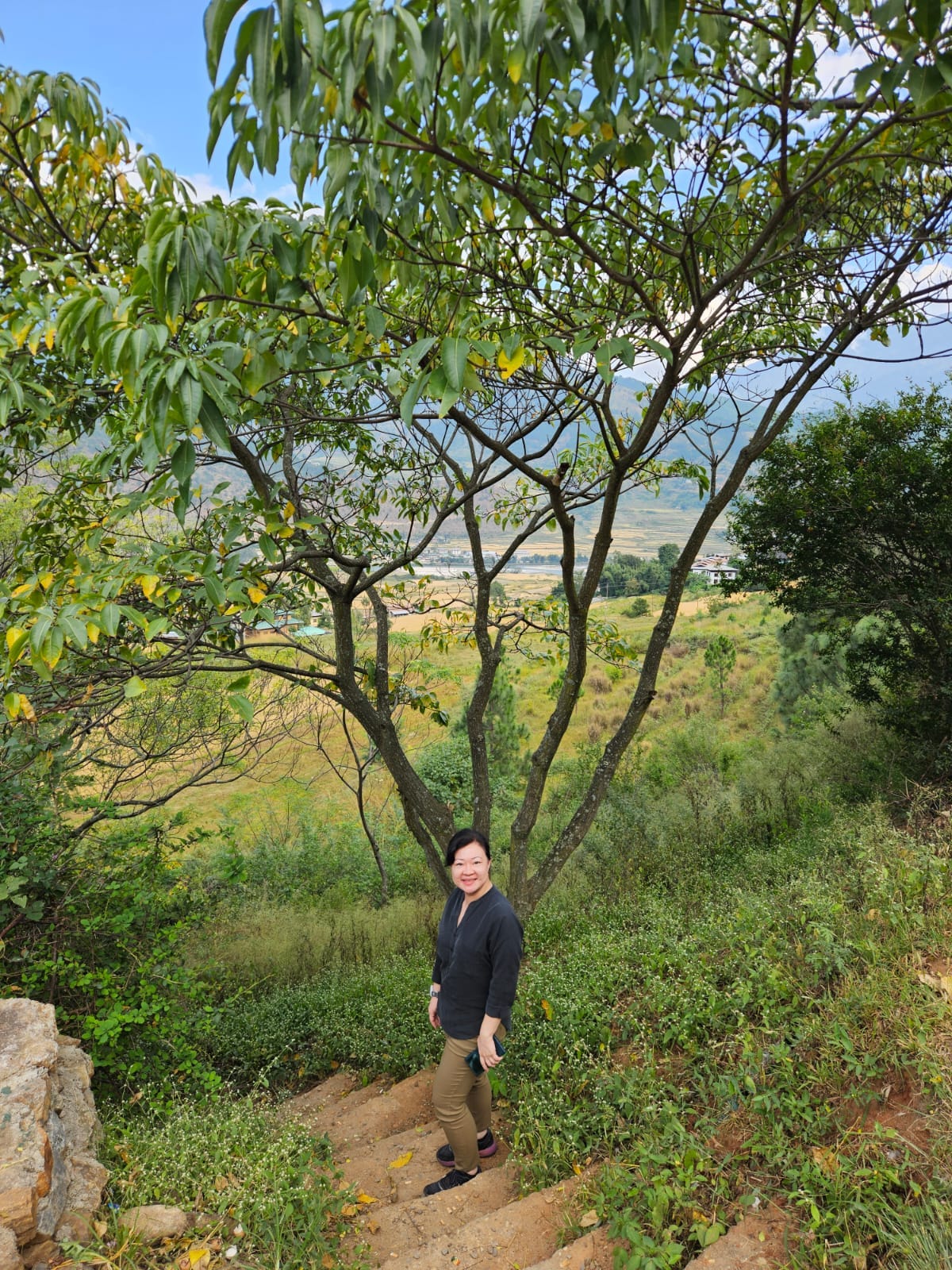
The journey through Bhutan's varied terrain highlighted both the challenges and beauty of delivering healthcare in this mountainous kingdom.
Reflection
Coming from a small island 53 times smaller than Bhutan, highly accessible to medical care that provides for 7.5 times of Bhutan's population, I personally struggled with the challenges they face but was immensely touched by the lengths willing hearts go to in order to provide care.

The biggest take-home was cultural discernment: not just cultural competence, sensitivity or tolerance, but the wisdom to navigate culture, spirituality and societal norms to meet the medical needs of the people. Such discernment requires contemplation, humility, and the right amount of courage.
As the faculty leaves Bhutan with a shared sense of accomplishment, we are already looking forward to autumn in 2025 for the next harvest. No doubt the work is hard for our friends in Bhutan, but we will undoubtedly continue to support them and listen to the inspiring stories that come from this Ancient Kingdom where compassion and kindness permeates.
A poem to mark this harvest
སྟོག་བསྡུ་བ (Thog bsdu ba) | Harvest
Thunder Dragon meanders masterfully along misty
mystical mountains crowned by majestic dzongs
that remind Druk Yul* there is no governance without spirituality
Well-intentioned chilips* arrive to Bhutanese hearts
open hands receive khata*, suja* and zaw magay*
meek voices harmonize with clamorous chatter - cultural exchange
Vibrant kiras* and valiant ghos* fill the room with
warm radiant smiles, sharing stories of willing hearts
travelling through the remote capillaries of Bhutan delivering hope
Colourful Lungdhars* carrying blessings with the wind
Manidhars*, silent prayers in remembrance of ones who lived
line the ridges of the ancient Kingdom, never forgotten
Tummies filled with ema datshi* and cheese momo*
The chilips share the triumph from Autumn's flourishing harvest,
fertile soil ready for seeds that bear another : a bright future ahead
Glossary of Dzongkha terms
Druk Yul: Land of the Thunder Dragon
Chilips: foreigners
Khata: white silk fabric presented on various occasions to convey well wishes and respect
Suja: local butter tea
Zaw magay: roasted rice puffs mixed with butter, a Bhutanese snack
Kira: traditional dress for women
Gho: traditional garment for men
Lungdhars: colourful prayer flags
Manidhars: white prayer flags in remembrance of a deceased person
Ema datshi: chilli cheese
Momo: dumplings
Link to Ethical guidance in Bhutan: https://acrobat.adobe.com/id/urn:aaid:sc:AP:f1618212-4361-4dee-a272-3a82d5876725
This project is a Lien Collaborative for Palliative Care initiative to build capacity in developing countries in Asia. The Lien Collaborative for Palliative Care was co-developed by the Asia Pacific Hospice Palliative Care Network (APHN) and the Lien Foundation.
Jamie is a palliative care physician who believes she has the best job in the world — her work entails listening to untold stories of extraordinary lives. While this can be heavy and intense, poetry is her way of channeling these special encounters to better understand our common humanity. More of her work can be found here.




